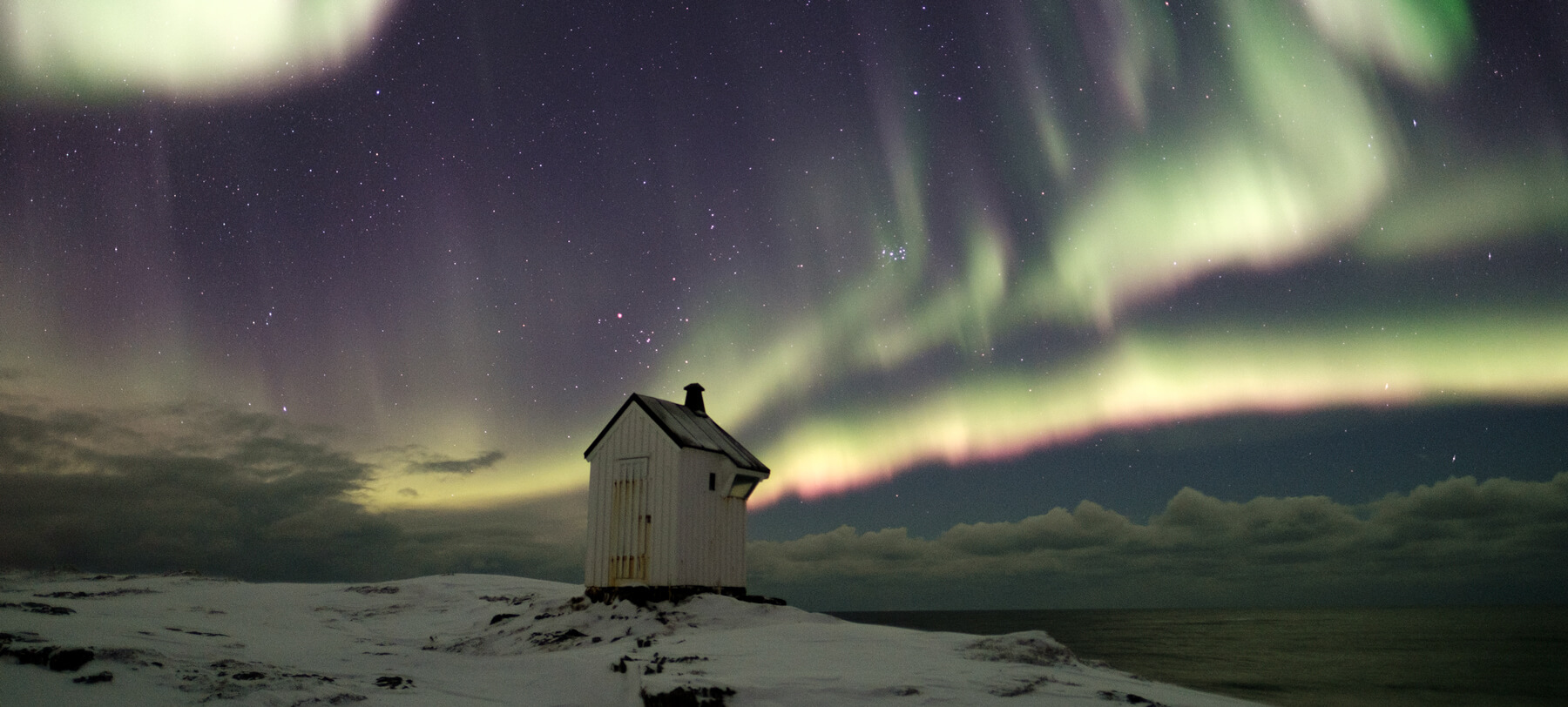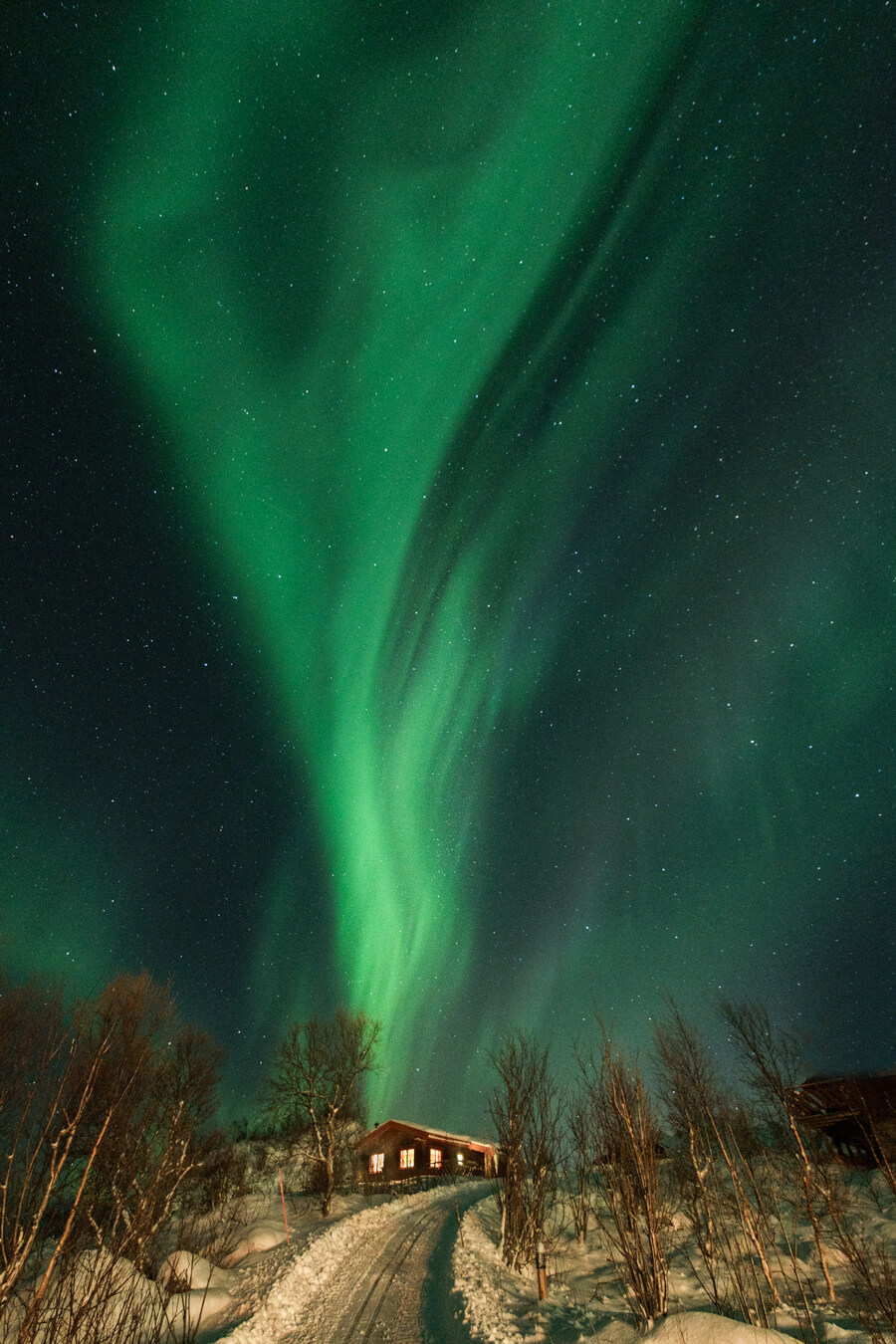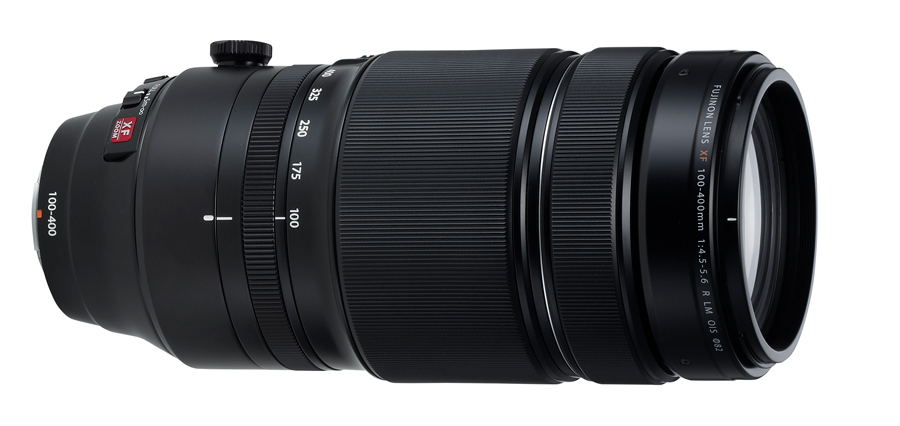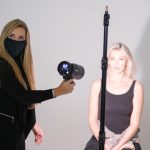
Astrophotographer John Atherton sees stars with the Fujifilm X-T3 – Make the Switch
Posted on Dec 16, 2020
John Atherton’s photography really took off when he retired and joined the local camera club, and it was there that he became fascinated with the challenge of astrophotography.
SPONSORED BY FUJIFILM
My interest in astrophotography came about thanks to some friends at the camera club. “We’re going out to do some night photography,” they’d said. I wasn’t sure of what they were going to do or the techniques you needed to use, but I soon learnt and now I use my Fujifilm X-T3 for this challenging form of image making. Its intuitive handling is certainly one reason for this, but so is its imaging performance.
I only joined a club – Epsom Camera Club – when I retired, and it wasn’t long before I got more involved and ultimately became its chairman; I’m the Zoom co-ordinator now, an important job during the current pandemic.
I used to shoot Canon and started out with an EOS 300D before progressing to an EOS 60D, EOS 5D Mark III and an EOS 7D Mark II, but I have since moved over to a Fujifilm mirrorless set-up.
My Fujifilm journey started when I got an X20, a 12-megapixel compact, as my runaround camera and started using it more and more. I liked the colours it produced, so later I bought the X-T20 as soon as it came out and later bought the X-T3. I was on the waiting list for it, so got mine as soon as it was released.
The X-T3 is now my main camera for all my photography, not just astro work, and I am very keen on nature photography, too.
I have a range of lenses: XF16mm f/1.4 R WR, XF10-24mm f/4 R OIS, XF18-55mm f/2.8-4 R LM OIS and XF55-200mm f/3.5-f.4 R LM OIS, which is a brilliant lens, much underrated. Later I added the XF100-400mm f/4.5-5.6 R LM OIS WR and the XF80mm f/2.8 R LM OIS WR Macro for nature photography.
With its wide angle of view and very fast maximum aperture the XF16mm f/1.4 R WR is ideally suited for astro work, where you’re working with wide apertures to record the faint pinpoints of starlight. Looking through the X-T3 viewfinder, I can focus on the stars quite easily – more easily than on a DSLR. I put the camera into manual focus and have it set so that when you adjust the manual focus ring, it zooms in 2x, and it is easy to distinguish the stars from the noise, especially when there are so many of them, like when you see the Milky Way.

I mentioned I switched to Fujifilm because I like the colours the cameras produce, but I also like the design of the bodies, reminiscent of my old film camera. I can look at the top-plate and know exactly what the settings are. You’ve got the shutter speed dial, the ISO dial and an aperture ring all to hand. I don’t have to go into a menu and diddle about, and when you’re shooting in the dark, you need to be able to find your way around by touch and feel.
Last year, I went with the camera club to Norway, just below the Arctic Circle, to shoot the northern lights, and we had another trip earlier this year before lockdown. We were lucky both times – on the first trip we got the aurora four nights out of five and on the second trip, three. It was amazing.
It was extremely cold – the car thermometer read -20°C, but with wind chill it was more like -30°C – and we were standing around outside for quite a while. I’m happy to confirm that my X-T3 worked fine at such temperatures and I had no problems with the battery or the shutter sticking in the cold.
For astrophotography, I shoot between ISO 1600 and 3200, and with the X-T3 and its back-side illuminated sensor, I don’t find there is much noise. In the case of the Milky Way shots shown here, I shot a series of pictures and merged them using Starry Landscape Stacker, a Mac app. With the auroras, it’s so fast you can’t stack them, you just have to shoot quickly.
All in all, my Fujifilm X-T3 and lens system make this challenging and rewarding form of photography remarkably easy.



Free 48-hour Fujifilm loans
The Fujifilm Connect loan service means you can try specific Fujifilm cameras and lenses in your own home free of charge for up to two days (including delivery).
Loans can be extended, and if you decide to purchase it afterwards, Fujifilm will refund your loan fee.
For full details of this special loan scheme, go to the Fujifilm Connect website.
The kit John owns
Fujifilm X-T3
The X-T3 is a 26.1-megapixel camera with a back-illuminated X-Trans CMOS sensor working with the X-Processor 4. It’s capable of outstanding colour and ISO performance with a native range from 160 to 12,800, expandable at the top end to ISO 51,200. It boasts dual SD card slots and has a significantly more effective and faster autofocus system compared with its predecessors and can shoot up to 20fps in high continuous mode at full resolution.
Add a 3.69 million dot EVF, three-inch 1.04 million dot touchscreen and an impressive array of professional video features, and the X-T3 is a camera that compares with the very best.

XF16mm f/1.4 R WR
This fast maximum aperture prime wide-angle lens has a weather-resistant build, and its compact body form means it’s ideal for landscape and travel photography. Its advanced 13 elements in 11 groups construction means you get pin-sharp pictures even when you use it wide open, making it great for astro work when there is not much light around and you have to make the most of what’s there.

XF100-400mm f/4.5-5.6 R LM OIS WR
Perfect for action and nature photography, this lens gives the 35mm format equivalent focal length range of 152-609mm. Its advanced optical design of 21 elements features five ED lenses and one Super ED lens to minimise chromatic aberration, which can be a serious issue with telephoto lenses, and to help deliver high-resolution images with plenty of contrast. An optical image stabiliser has a 5EV benefit to help sharp shooting with slower shutter speeds.

Get involved
If you’re looking to make the switch to Fujifilm and want to be featured in Photography News, click here, fill out the form and you could be selected to borrow a Fujifilm camera and two lenses for up to two weeks, free of charge! Terms and conditions apply and can be found here.
Don’t forget to sign up to receive our newsletter below, and get notified about the new issue, exclusive offers and competitions.
Have you heard The Photography News Podcast? Tune in for news, techniques, advice and much more! Click here to listen for free.








